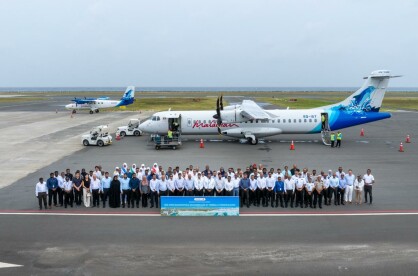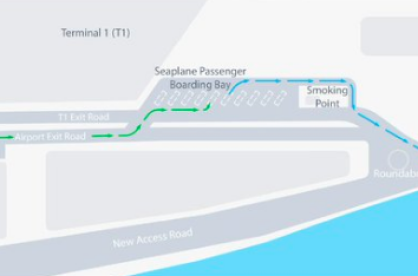Resorts Naming and Shaming by MIRA
MIRA brings forth the "Name and Shame" policy against resorts with unpaid land rent.

source: makunudu.com
MIRA brings forth the "Name and Shame" policy against resorts with unpaid land rent.

source: makunudu.com
The tourism industry does not only support the Maldivian GDP by bringing in spending tourists and generating employment; the islands that these resorts are built upon are given by the government on a long term lease of up to 99-years, charged a rent that’s dependent on the size of the island. This revenue stream alone generated MVR1.6 billion ( roughly USD103 million) for the government in 2019, yet recent publications by MIRA via the Auditor General Office bode differently.
With the pandemic hitting the Maldivian tourism industry so hard that the whole enterprise ground to a halt for months, this revenue stream was not to be depended upon. The government issued a moratorium on payments until the middle of 2021 to jumpstart the behemoth industry, and this assisted the resorts to begin operations with health restrictions and policies. In time, the industry bounced back strongly, with tourist visitor levels almost reaching pre-Covid 19 levels, a sign that times were getting better. There is also hope that 2022 would break visitor number records by a long way, especially with the health emergency proclamation being withdrawn.
However, the recent report by MIRA discloses the names of 12 establishments that had failed to pay their dues even after the moratorium had ended. These establishments have altogether contributed to a loss of a whopping MVR665 million in revenue for the treasury from the year 2020.
Being the largest component of the Maldivian GDP, contributing almost 70%, this lack of cooperation by the resorts creates worry amongst analysts. Furthermore, MIRA reports that this has been a consistent trend of non-payment by resorts that has been increasing over the years. There has been an increase of 264 percent in unpaid money from 2016 to 2020.
It is also interesting to note that business tax takes second place with unpaid money at MVR1.8 billion (USD116 million), followed by Goods and Services Tax and TGST, with MVR1.6 billion (USD103 million) and MVR642 million (USD41.6 million) respectively. Covid-19 has given leeway to all businesses as much as the government has deemed possible, but with the recovering economy, these measures of non-payment reflect poorly on the overall credit rating of the country as well.
One of the reasons cited to be the main cause for non-payment of resort land rents is because of the delays in developing the resort to operational status, as the payment for land rent begins as soon as the agreed development period is over, whether or not the establishment is operational. Additionally, if the contract does not get dissolved after the development period is over the fees that come with it also increase.
The report further purports that most of the resorts that haven’t paid resort rent until 2020 were either being developed still or the agreement has been revoked, in which case, the expected return has been calculated as non-payment. Work is being done by AGO and MIRA to recover these funds at the earliest, and to strengthen the measures that should be employed in such situations.



